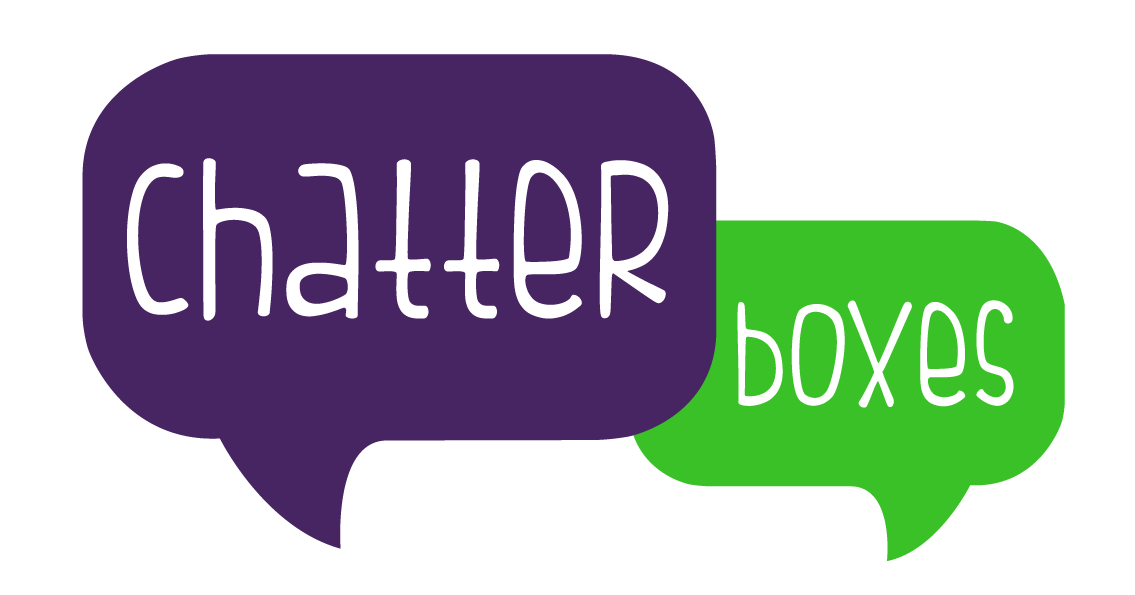What does ‘communication friendly’ mean?
Communication means talking, listening, understanding and taking part.
If your classroom is communication friendly, all these things will be as easy, effective and enjoyable as possible!
Why should I have a communication friendly classroom?
It will benefit everyone in your class! Not only will it particularly help the children with speech, language and communication needs (SLCN), it will support anyone who has English as an additional language (EAL) and will support learning and social and emotional development for everyone.
This is a universal approach that can be adopted across an entire school.
How do I make my classroom communication friendly?
This can be broken down into three areas. Take time to think about each area and what you are already doing in your classroom- you probably have lots of these in place without realising! It also depends on your class. As you know, what works for one class may not work for another so try to consider what will benefit your class the most. Pick one idea to focus on at time. This makes it more manageable and you are more likely to make meaningful changes.
Language learning environment (the classroom)
- Space, Light, Layout- Consider your classroom. Are you making the most out of your space? Can everyone see the board? Can children reach what they need?
- Noise levels- Are there any noisy distractions when you are teaching? Can everyone hear? Do you have a way to gain the children’s attention or manage noise level?
- Visual support- Is the information you are displaying in your classroom useful? How often do you refer to it? Are you using visual timetables? Are your resources labelled with visuals?
- Clear and consistent routines- Are children aware of rules and expectations? Do children know how to say they do not understand? Are children taught explicitly how to listen? Are transitions smooth?
Some of the questions above may have prompted to you realise a different way of using your classroom that will benefit your class. Sometimes, making one small change can really help children engage more with their learning.
Throughout all of this, consider the specific needs of children in your class. Children with sensory needs, hearing impairments, visual impairments and SLCN may need additional adjustments made for them.
Language learning interactions (your communication)
Reflect on your own communication with the children in your class. Every day you are modelling what communication should look like- make it count! Children will pick up on what you are doing and will copy.
Make sure you are breaking instructions down into manageable chunks. This will ensure everyone knows what you expect of them and will (hopefully!) reduce the amount of times you have to repeat yourself. Say what you want to happen rather than what you do not want to happen. If you say, ‘stop fidgeting!’ the child might only hear ‘fidgeting’ and continue what they are doing. If you say, ‘keep your feet on the floor and your hands in your lap’ you are more likely to get the desired outcome. Check that the children understand what you have asked them to do- ask them to explain the task to you or a peer.
Use a slow pace when talking and ask open questions. This encourages children’s expression to develop and will translate into their writing. Extend children’s sentences to model higher-level structures. Give them sentence starters or a script to follow if necessary so they can practise in a place where it doesn’t matter if they get it wrong.
Language learning opportunities (time to practise!)
You have thought about your classroom and the way you are communicating with the children in your class. Now the children just need an opportunity to put all this into practise! When you are planning lessons, try to include a range of opportunities to use language. Some examples are small group work, conversations with adults and conversations with peers.
Try to make sure that everyone in your class is included in group discussions. For older children, having a talking partner can help a child to think through a problem and rehearse what they are going to say before feeding back to a larger group. This is great for building confidence, particularly with children with SLCN.
You may also want to think about the ways in which parents, carers and others are part of the school’s approach to supporting communication.
Hopefully that has given you some ideas of how to make your classroom more communication friendly. If you have any specific questions about a child’s speech, language or communication needs, speak to your school SENCO or consult the child’s Speech and Language Therapist.
Check out Our Resources page for ideas and activities to support children with speech, language and communication needs in your class.
